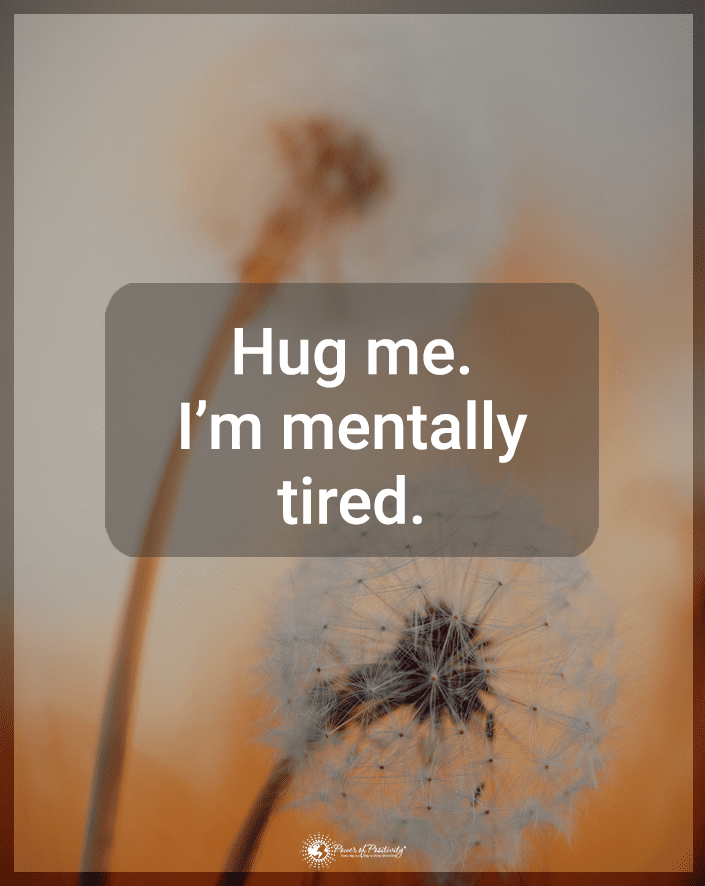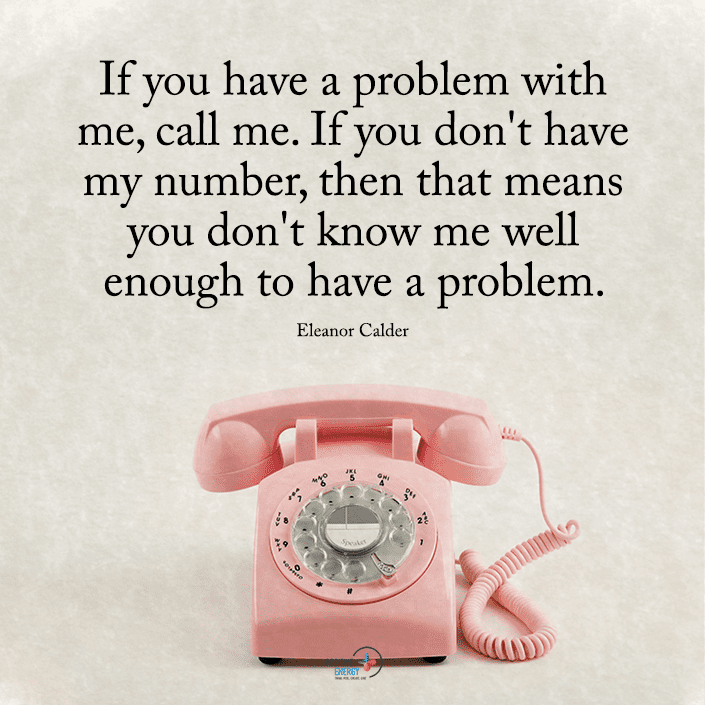The mental health crisis among teenagers has become a growing concern recently. The rates of teen mental health issues have been increasing alarmingly. And the impact of this crisis on their lives cannot be overemphasized. Approximately one in five teenagers is diagnosed with a mental health disorder. Furthermore, many suffer in silence, and their condition often goes undiagnosed and untreated. Seeking support from a reliable place like adolescent mental health treatment in Phoenix can be crucial in addressing these issues effectively and providing the necessary care for those in need.
The causes of this crisis are multifaceted, and several factors contribute to its prevalence. Social media has been identified as a significant factor. Most teenagers are exposed to cyberbullying, unrealistic beauty standards, and a constant need for validation. Academic pressure is also a significant contributor, with many teenagers facing intense academic competition and pressure to perform.
Family issues such as parental divorce or conflict can also significantly impact a teenager’s mental health. Knowing the signs of a teen mental health crisis can help someone support and intervene to prevent long-term mental health issues. Ignoring these signs or dismissing them as a phase can have devastating consequences, both in the short and long term.
NOTE: It is essential to take the mental health of teenagers seriously, support them, and seek professional help when needed.
1. Changes in Mood and Behavior May Reveal a Teen Mental Health Crisis

Adolescence can be a challenging time for many, and it is normal for teens to experience changes in mood and behavior. However, if these changes persist for an extended period and interfere with daily life, they may indicate an underlying mental health issue. Changes in mood and behavior can often indicate a teen mental health crisis. Something to look out for is emotional dysregulation, which refers to difficulty managing one’s emotions.
This can manifest as sudden mood swings, unexplained outbursts of anger, or extreme emotional reactions. Another sign is increased irritability or anger, a symptom of depression or anxiety. Teenagers experiencing a mental health crisis may become easily frustrated or agitated, even over minor issues. They may also have difficulty controlling their emotions, leading to conflicts with friends and family.
Withdrawal from friends and family is also a common sign of a teen mental health crisis. Teenagers may become more isolated and avoid social situations they once enjoyed. They may also spend more time alone and have difficulty communicating their feelings or thoughts. A lack of interest in activities they previously enjoyed is another potential sign of a mental health crisis. Teenagers may lose motivation or enthusiasm for hobbies, sports, or extracurricular activities. This loss of interest can result from feeling overwhelmed or disconnected from their peers.
2. Changes in Eating and Sleeping Habits Crisis
Changes in eating and sleeping habits are also potential indicators of a teen mental health crisis. It is essential to recognize these signs to prevent long-term mental health issues. One common symptom is sleeping disturbances or insomnia. Teenagers experiencing a mental health crisis may have difficulty falling asleep, staying asleep, or waking up too early. These sleep disturbances can lead to fatigue, irritability, and difficulty concentrating.
Changes in appetite or eating patterns are also potential indicators of a mental health crisis, particularly in the case of eating disorders. Teenagers with an eating disorder may experience significant changes in their eating habits. These changes may be avoiding certain foods or drastically reducing their caloric intake. They may also become obsessed with their body image, leading to obsessive thoughts or behaviors related to food and exercise. Body image issues can also contribute to changes in eating and sleeping habits. Teenagers may become overly preoccupied with their appearance and engage in unhealthy behaviors such as excessive dieting or compulsive exercising. These behaviors can lead to physical health problems and negatively impact their mental health.
3. Difficulty Coping with Stress
Stress can have a significant impact on a person’s mental health. For example, prolonged stress can trigger the release of stress hormones such as cortisol. This can affect the brain’s function and structure. This can lead to various mental health issues, such as anxiety, depression, and post-traumatic stress disorder (PTSD). In addition, stress can cause physical symptoms such as headaches, muscle tension, and digestive issues.
This can further exacerbate mental health issues. Difficulty coping with stress is another potential teen mental health crisis indicator. If you struggle with excessive worrying or anxiety, that might signify a crisis. Teenagers experiencing a mental health crisis may worry excessively about things out of their control. This often leads to increased feelings of anxiety and stress. This can negatively impact their concentration on schoolwork or other essential tasks.
Feelings of hopelessness or helplessness are also potential indicators of a mental health crisis, particularly in the case of depression. Teenagers may feel overwhelmed and hopeless about their future. This triggers a lack of motivation and feelings of sadness or despair. Academic pressure, social challenges, or family issues can exacerbate these feelings.
Difficulty concentrating is another potential sign of a mental health crisis, particularly in the case of anxiety. Teenagers may struggle to focus on tasks and feel distracted or overwhelmed by their responsibilities. Without proper stress management, this can lead to a decline in academic performance and increased feelings of stress and anxiety.
4. Substance Abuse and Risky Behavior Indicate a Teen Mental Health Crisis
Risky behaviors are potential indicators of a teen mental health crisis. Substance use disorders and addiction are common among teenagers experiencing a mental health crisis. Teenagers may use drugs or alcohol to cope with emotions or escape problems. They may also be attracted to it because their peers do it.
This can lead to increased risky behavior, such as driving under the influence, resulting in severe consequences. Substance abuse can lead to many adverse outcomes, such as poor academic performance, legal problems, relationship issues, and financial difficulties. Reckless or impulsive behavior is another potential sign of a mental health crisis. Teenagers may engage in risky behaviors such as speeding or unprotected intimacy.
This can lead to physical harm or unintended consequences. These behaviors may be a way for teenagers to cope with their emotions or to seek attention. Teenagers may also engage in risky behavior because of peer pressure or a desire to fit in. Often, they can be a sign of underlying mental health issues. Self-harm or suicidal thoughts are the most concerning symptoms of a teen mental health crisis.
Teenagers experiencing a mental health crisis may engage in self-harm behaviors such as cutting or burning themselves. Some struggle with thoughts of suicide. These behaviors require immediate intervention and support from mental health professionals to prevent further harm and provide the necessary treatment.
5. Family History of Mental Health Issues
Family history can be a risk factor for teen mental health issues. This is because certain mental health disorders can have genetics as a component. Studies have shown that individuals with a family history of mental illness may be more likely to develop mental health issues. Among these issues are depression, anxiety, bipolar disorder, and schizophrenia.
For example, people with a mental health history of depression are two to three times more likely to develop depression. This is when compared to those without a family history. Individuals with a family history of bipolar disorder are more likely to develop it than those without it. However, family history is not the only factor contributing to teenagers’ mental health issues. As discussed, environmental factors can also play a significant role in developing mental health issues. Exposure to stressors such as trauma, abuse, or chronic stress can trigger the onset of mental health issues.
6. Importance of Seeking Professional Help
Parents and caregivers must seek professional help when they notice signs of a teen mental health crisis. Mental health professionals can conduct a comprehensive mental health assessment to identify the underlying issues causing the symptoms. This assessment may include a physical exam, interviews with teenagers and their family members, and psychological tests. Once a diagnosis is made, mental health professionals can recommend appropriate treatments.
The treatments may include therapy, medication, or a combination of both. Therapy can help teenagers learn healthy coping mechanisms, improve communication skills, and develop resilience to deal with their challenges. Medications can also be prescribed to help manage symptoms of mental health disorders such as depression, anxiety, or ADHD.
In addition to therapy and medication, other strategies can support teenagers’ mental health and well-being. These strategies include regular physical exercise or practicing mindfulness and relaxation techniques. Seeking social support from friends and family members is also an important step. Parents and caregivers can also play a crucial role in supporting their teenager’s mental health. These people can create a safe and supportive environment at home, maintain open communication, and seek professional help when needed.
Final Thoughts on the Teen Mental Health Crisis and How to Recognize the Red Flags
Recognizing the signs of a teen mental health crisis is crucial for supporting and intervening to prevent long-term mental health issues. And people must learn how to help a teen in a mental health crisis. Mental health issues can happen to anyone, and it’s not a sign of weakness. As friends, family members, and caregivers, we need to be vigilant in recognizing the red flags and seeking help when needed.
Changes in mood and behavior, such as increased irritability or withdrawal from society, may indicate a teen mental health crisis. Other warning signs of teen mental health issues are changes in eating and sleeping habits and difficulty coping with stress. Substance abuse, risky behavior, and a family history of mental health issues are also important factors to consider.
If you suspect that a teen is struggling with mental health issues, it’s essential to seek professional help. A mental health assessment and diagnosis can help identify the root cause of the issue and determine the best treatment plan. Typical teen mental health treatment includes therapy, medication, and support groups.




















